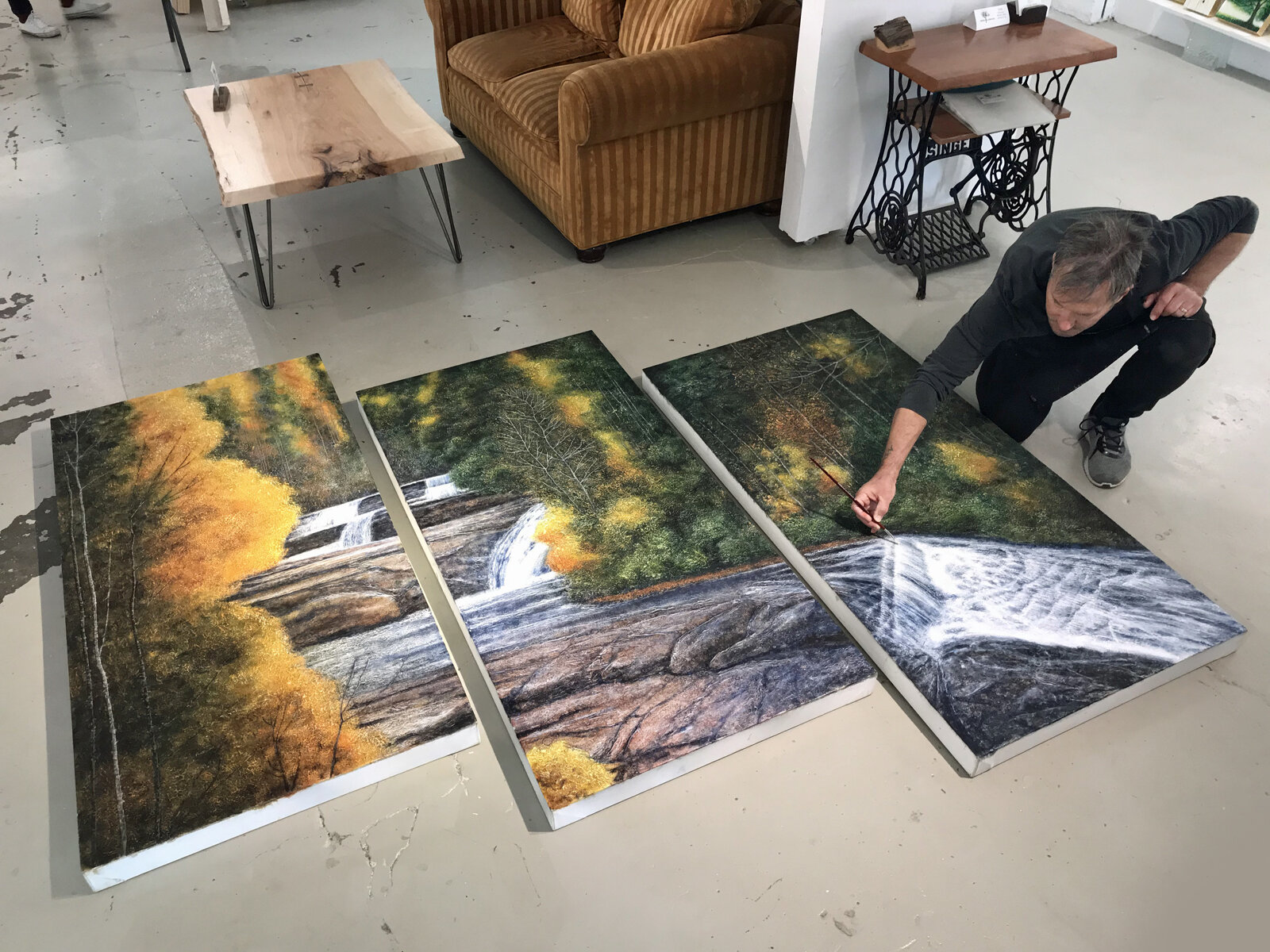I remember years ago, as I was teaching a group of aspiring artists, the main problem I had with students was not their level of artistic skill or creativity. The main problem can be illustrated by the exasperated comment I heard over and over again: “My painting doesn’t look as good as yours!”. This statement usually was followed by them just giving up entirely. I felt like half the time, I was teaching art technique and the rest of the time, I was playing psychotherapist, and I’m not a very good psychotherapist.
"My painting doesn’t look as good as yours!”.
Really?
NEWS FLASH…if your painting looked as good as mine, you would not be taking an art class from me now, would you? (See, I really stink as a psychotherapist.) You might think their problem is self confidence, but it’s not. Their problem, over and over again, is a complete misunderstanding of how long it takes to perfect a skill. How long does it take to be able to sit down at the piano and play your favorite Katy Perry song? How long would it take you to reach the point where you would be able to run a marathon? How longs does it take to learn enough math skills to be an accountant? How many years of medical training does it take to be a brain surgeon?
Honestly, the common conception that “well, ANYONE could be an artist” is not only ignorant, it’s insulting. Don’t get me wrong. Everyone can pick up a paint brush (and would be psychologically healthier if they did) and create something, but to create something really well takes time and practice and lots of patience and stubborn persistence. It takes time to get from point A to point Z.
Honestly, the common conception that “well, ANYONE could be an artist” is not only ignorant, it’s insulting.
The common push-back I get to the above paragraph is that a lot of people look at a lot of the artwork out there and conclude “Heck, my four year old could do that!” so they assume art takes no skill at all, just good marketing. Looking around at a lot of artwork, I totally understand why people would feel that way. But, can I respectfully respond to this notion with a question? If I called myself a neurosurgeon, would that make me a neurosurgeon? If I called myself a concert pianist, would that make me a pianist? If I called myself an auto mechanic, would that mean you’d turn me loose on your Lexus?
Skill. Look for the skill. Art is visual, so the skill is there to be seen, or it’s not art. It may be color, it may be expressive, it may even be interesting to look at, but if there is no skill, there is no art.
Skill takes time and patience and persistence to develop and the willingness of aspiring artists to expend that kind of energy is what will make them a master of their craft. And honestly, when someone (no matter their present artistic skill level) who has the fire inside their heart that drives them to keep creating and developing their craft, it’s nearly impossible for them to fail.











